-
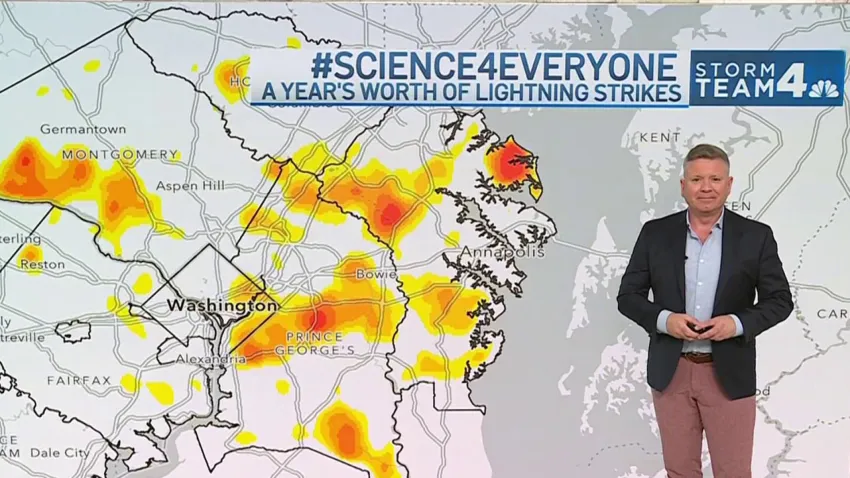
What are the odds of lightning strikes? See the DC data
Storm Team4 Meteorologist (and Science Teacher!) Ryan Miller explores where a year’s worth of lightning in the D.C. area strikes and why it may occur more in certain locations.
-
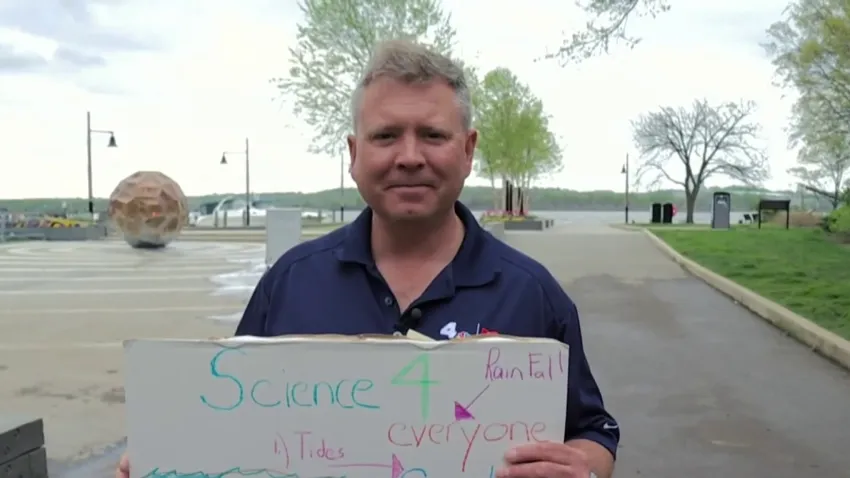
What causes coastal flooding? The Alexandria waterfront helps explain
Storm Team4 meteorologist (and science teacher!) Ryan Miller visited the Potomac River in Old Town to explain what conditions cause overflowing water.
-
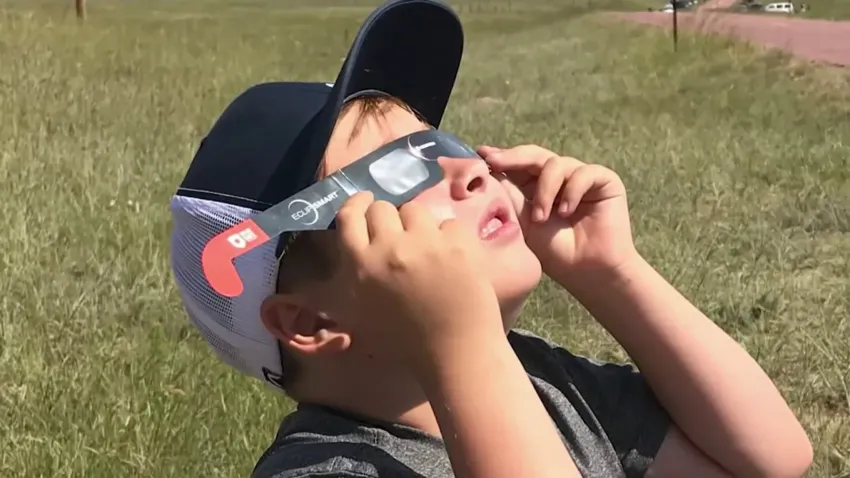
How do solar eclipse glasses work?
Storm Team4 Meteorologist (and Science Teacher!) Ryan Miller explains how solar eclipse glasses filter sunlight and home items you can use as alternatives.
-
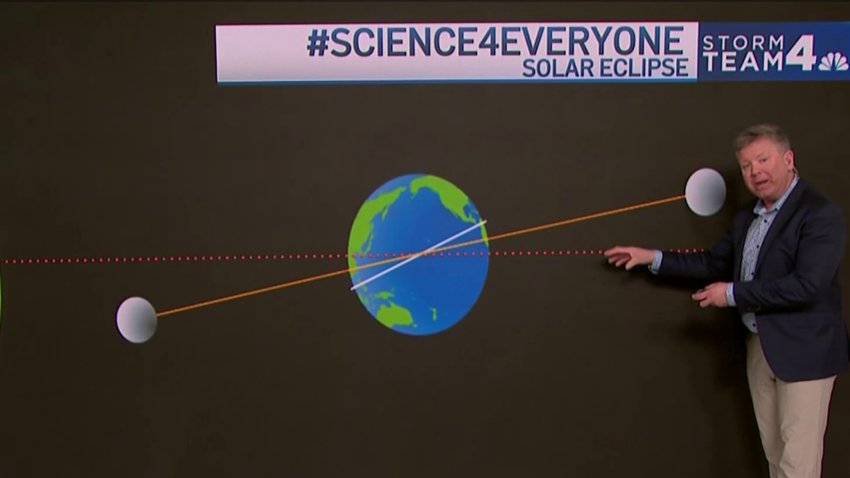
When is the next solar eclipse after 2024 in the DMV?
Ahead of the solar eclipse on April 8, Storm Team4 Meteorologist Ryan Miller explains how solar eclipses occur and when they have crossed the D.C. area.
-
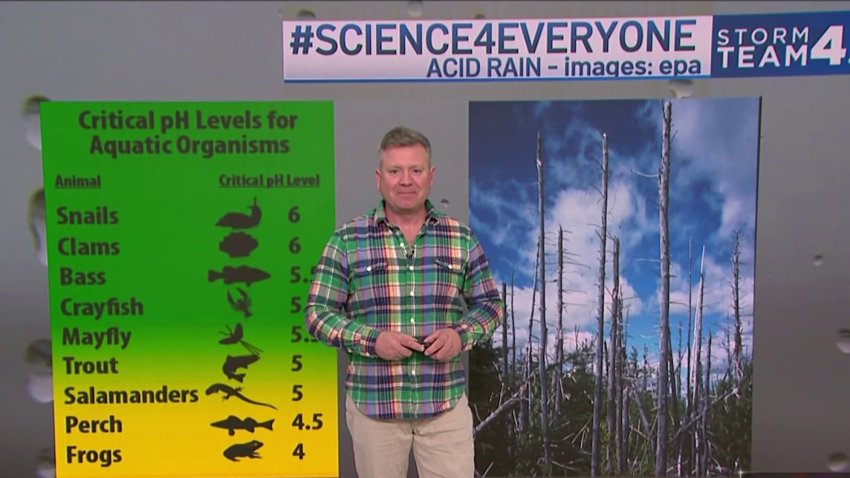
Acid rain: How to check the pH of precipitation
Storm Team4 Meteorologist (and science teacher!) Ryan Miller explains what acid rain is and how it effects the environment.
-
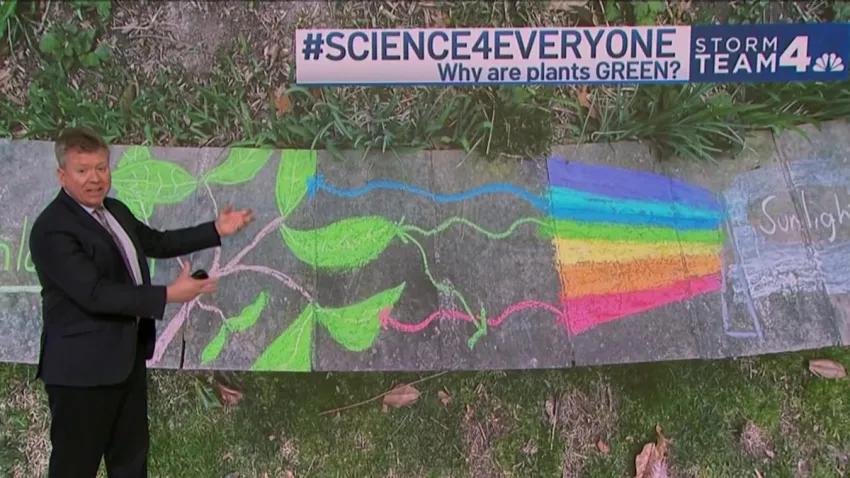
Spring science: Why plants appear green
On this Science 4 Everyone, Storm Team4 Meteorologist (and Science Teacher!) Ryan Miller explains how sunlight helps create the vibrant colors of spring.
-
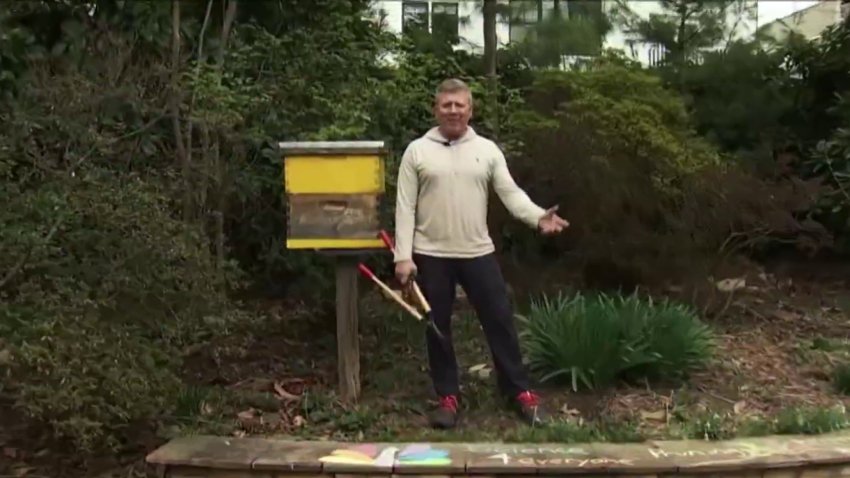
Why you should prune your shrubs and trees
On this Science 4 Everyone, Storm Team4 Meteorologist (and Science Teacher!) Ryan Miller explains why plant pruning goes beyond garden aesthetics.
-
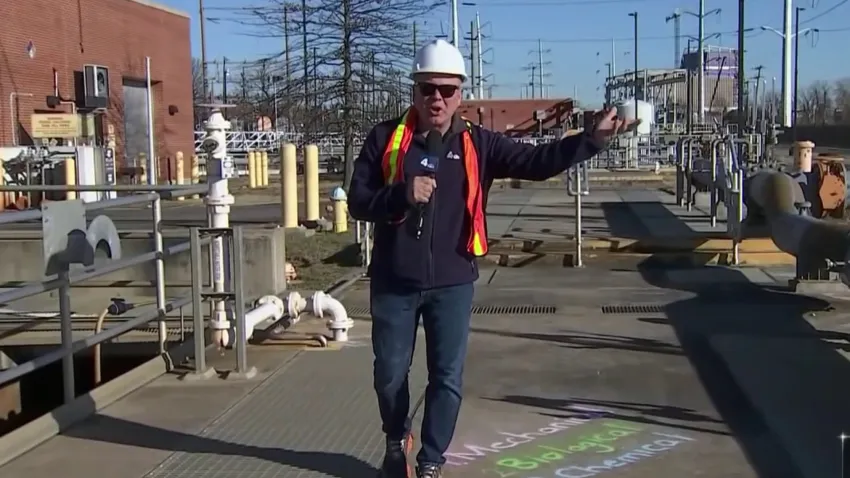
Behind the science of wastewater treatment at an Arlington County facility
Storm Team4 Meteorologist (and Science Teacher!) Ryan Miller explains the mechanical, biological and chemical processes used to treat sewage at the Arlington County Water Pollution Control Plant.
-
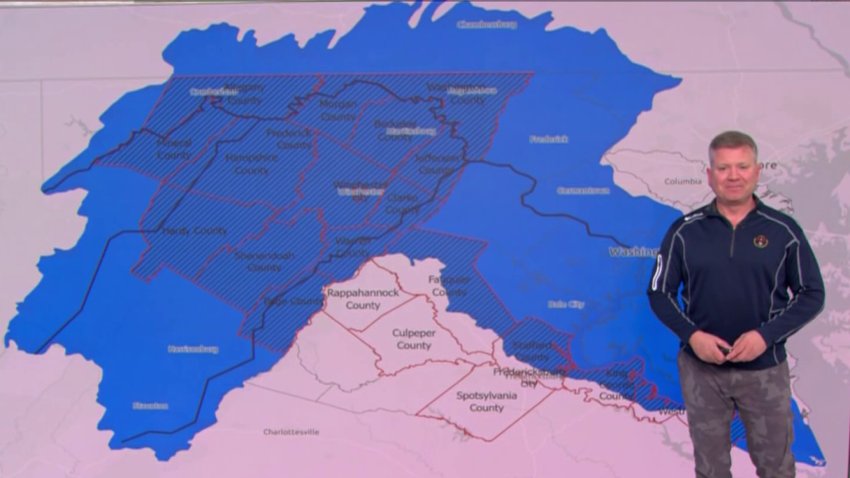
‘Know where you live': A look at geography west of DC
In part three of the “know where you live” series, Storm Team4 Meteorologist (and Science Teacher!) Ryan Miller breaks down areas north and west of D.C. to help you find your location on weather maps.
-
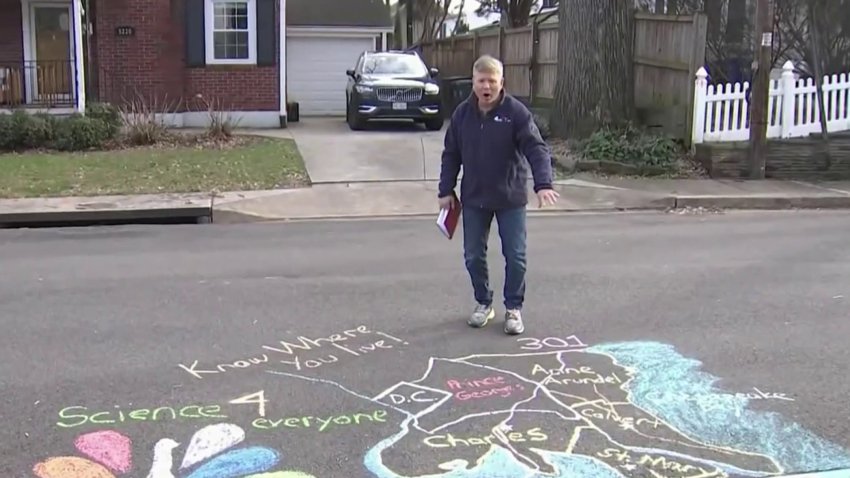
‘Know where you live': A look at Maryland's geography
In part two of the “know where you live” theme, Storm Team4 Meteorologist (and Science Teacher!) Ryan Miller breaks down Maryland’s geography, including counties and the Chesapeake Bay, to help you find your location on weather maps.
-
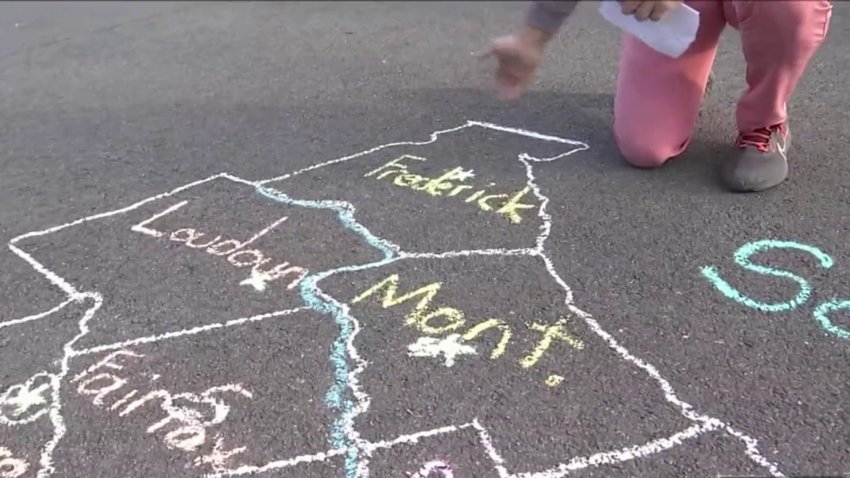
‘Know where you live': A look at the DC area's geography
Storm Team4 Meteorologist (and Science Teacher!) Ryan Miller breaks down the D.C. area’s geography to help you find your location and interpret weather maps.
-
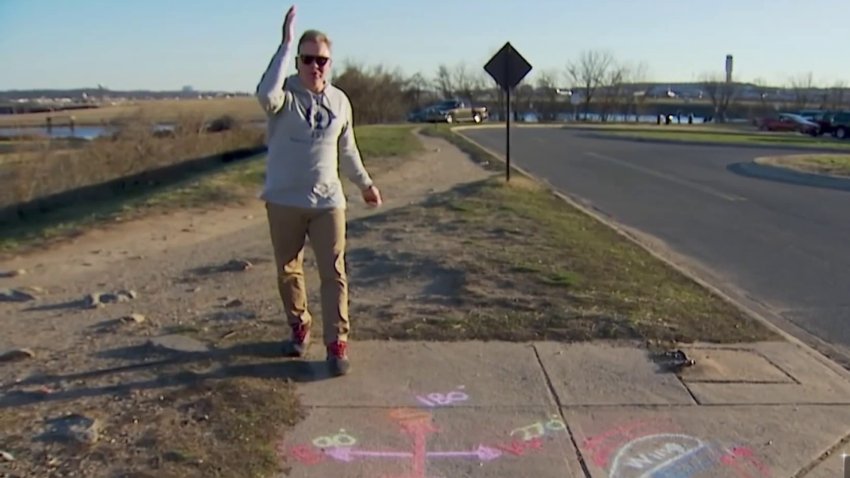
Notes on the science of airplane flight from Gravelly Point Park
Storm Team4 Meteorologist (and Science Teacher!) Ryan Miller explains how aircraft take advantage of the wind during takeoff and landing from a park just outside of Reagan National Airport.
-
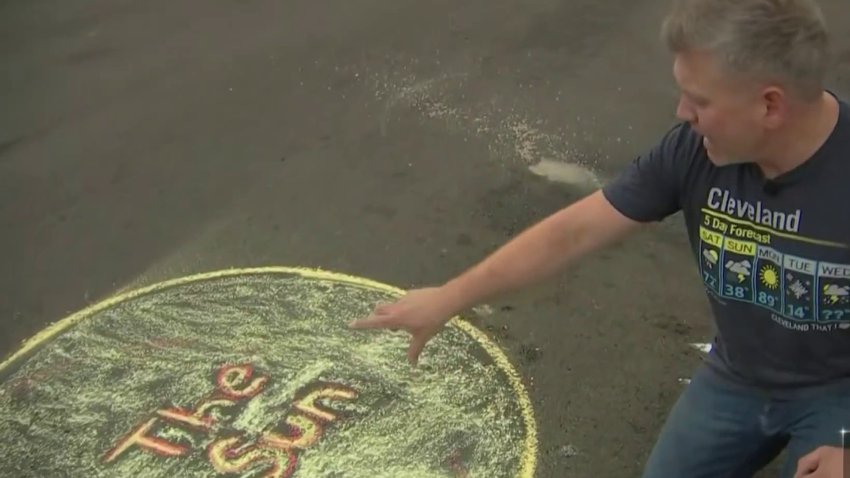
How vast is the solar system? Try this sidewalk chalk activity
On this Science 4 Everyone, Storm Team4 Meteorologist (and Science Teacher!) Ryan Miller creates a solar system model for perspective on the size and distance between the planets.
-
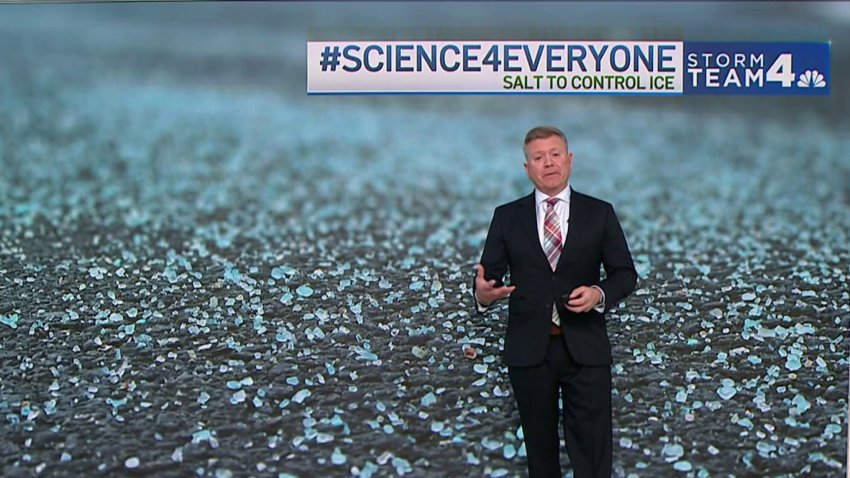
How road salt melts ice and snow
Storm Team4 Meteorologist (and Science Teacher!) Ryan Miller explains why road salt is dyed blue and how it works, with the help of a snow-filled experiment.
-
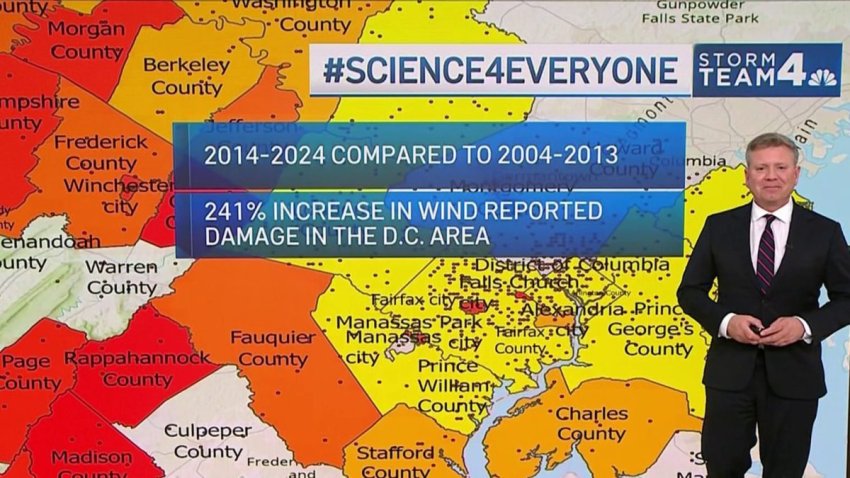
What are the windiest months in the DC area?
Storm Team4 Meteorologist (and Science Teacher!) Ryan Miller shares why wind develops and where the strongest gust was reported in the D.C. area.
-
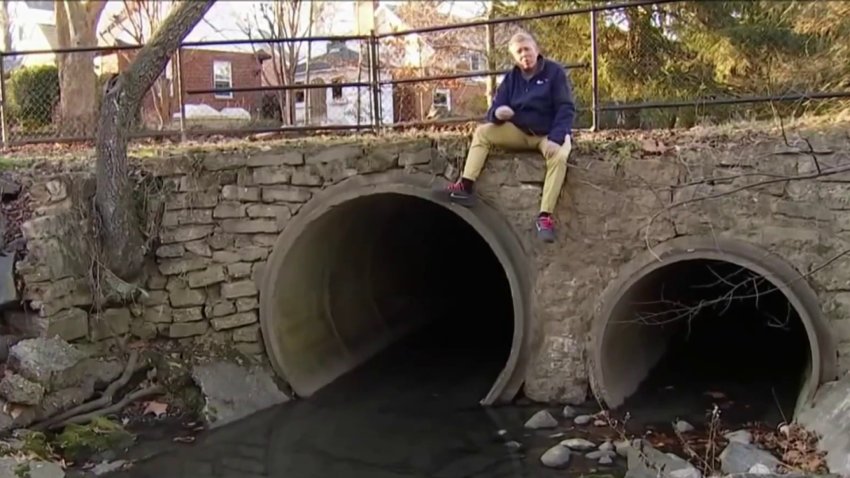
How road salt runoff harms DC area waterways
After the first winter storm of 2024, Storm Team4 Meteorologist (and Science Teacher!) Ryan Miller explains where road salt goes and how it’s toxic to the environment.
-
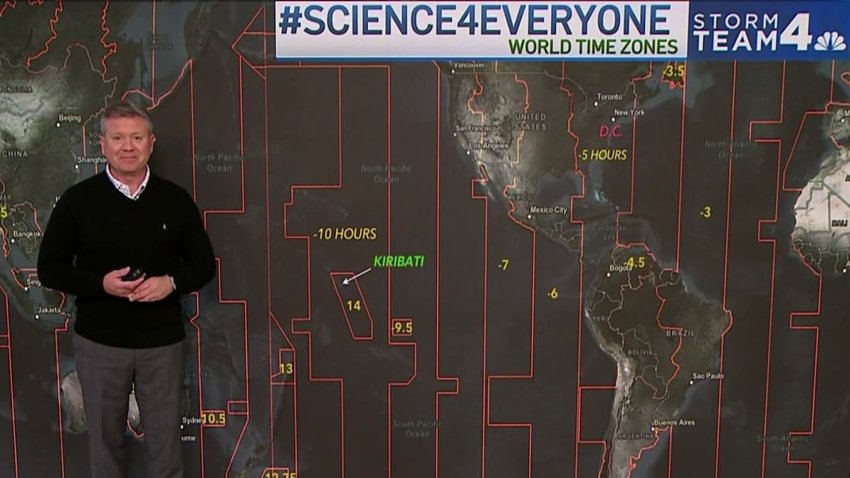
How world time zones impact the start of the new year
On this Science 4 Everyone, Storm Team4 Meteorologist (and Science Teacher!) Ryan Miller shares what part of the world will experience the new year first.
-
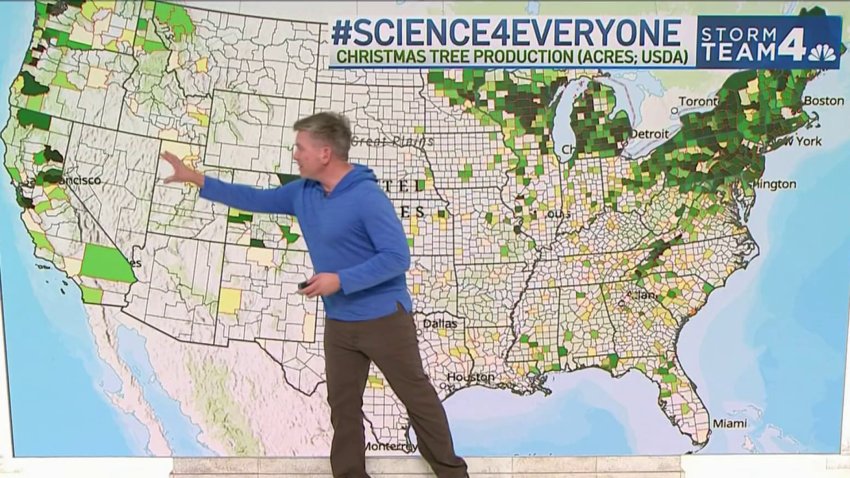
Where do Christmas trees come from? Here are the top US locations
Storm Team4 Meteorologist (and science teacher!) Ryan Miller shows the U.S. hot spots where Christmas trees grow.
-
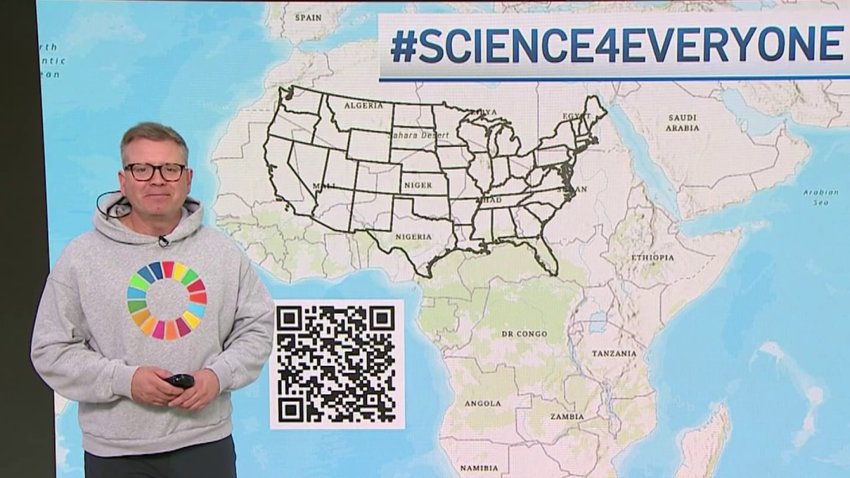
Map time: Learning about geographic science
On this Science 4 Everyone, Storm Team4 Meteorologist (and Science Teacher!) Ryan Miller shares that maps are integral to meteorology and help us visualize geography. Try quizzing your family with these maps!
-
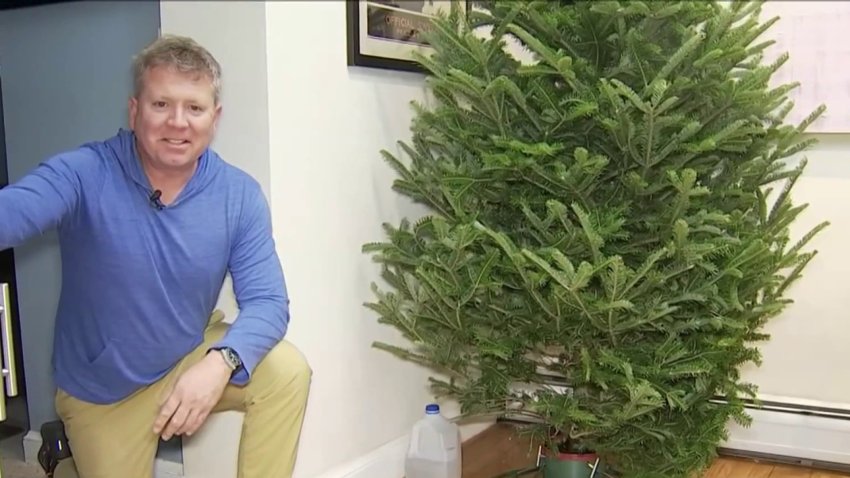
Holiday science: Use this Christmas tree watering trick
On this Science 4 Everyone, Storm Team4 Meteorologist (and Science Teacher!) Ryan Miller shows how to use a jug filled with water and plastic tubing to keep your tree hydrated.

